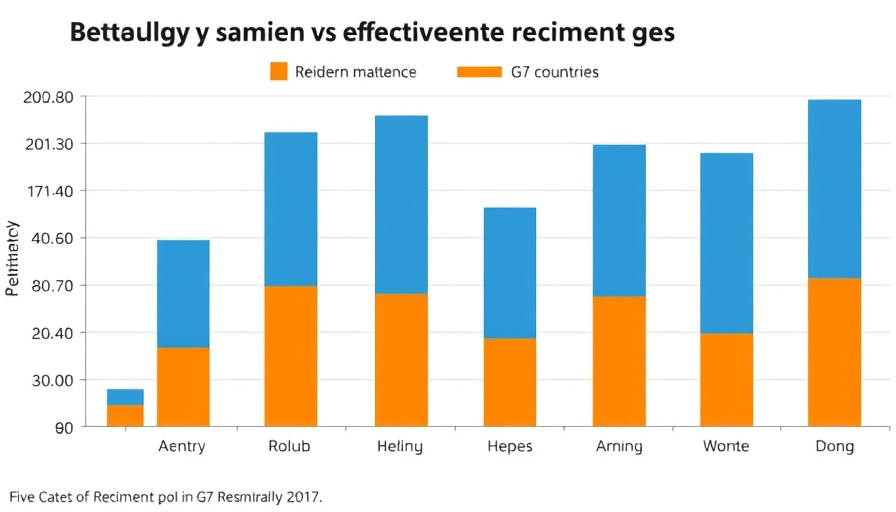
Global Engagement Takes a Hit: What It Means for Leaders
The latest Gallup report highlights a concerning trend in the global workforce: after experiencing steady growth for years, employee engagement has slipped significantly for the second time since 2009, now standing at a mere 21%. This decline is not just a statistic; it translates to an estimated $438 billion in lost productivity worldwide. What's behind this drop, and what can organizational leaders do to remedy the situation?
Understanding the Decline in Engagement
In 2024, the engaged workforce fell by two percentage points, primarily affecting management roles where engagement dropped from 30% to 27%. This sharp decline among managers—a group often caught between shifting corporate goals and looming employee expectations—signals an urgent need for reassessment. Managers, especially those under 35 and female managers, reported even steeper declines. The pressure of adapting to post-pandemic workplace dynamics has heightened stress levels, creating a ripple effect that impacts overall productivity.
Wellbeing: A Parallel Struggle
Simultaneously, global employee wellbeing has suffered, declining to 33% after years of improvement. Factors such as income satisfaction and cost of living are critical, yet the undercurrent remains—work experiences profoundly impact life evaluations. Engaged employees are almost twice as likely to thrive not just at work but in life overall, highlighting how closely linked engagement is with overall wellbeing.
Boosting Engagement: A Path Forward
The potential to rectify these trends is immense. Gallup indicates that a fully engaged global workforce could generate an additional $9.6 trillion in productivity—an assertive 9% of the global GDP. Organizations must turn to science-backed management techniques to unlock this potential, prioritizing managerial development and training. Effective leadership, rooted in performance-driven principles, can usher in a high-performance culture.
Pioneering a People-First Leadership Strategy
To combat this downturn, businesses should implement a people-first leadership approach. This entails listening to employee needs and redesigning managerial roles to focus more on coaching and development rather than simply administrative tasks. Creating an environment where managers can effectively support their teams fosters a culture of engagement—essential for fostering employee success and retention.
Conclusion: The Call for Action
As CHROs, VPs of Talent, and CEOs navigate these challenges, implementing strategic workforce solutions that enhance employee engagement should be a top priority. By embracing a culture of performance-driven leadership and investing in talent management, organizations can pivot from stagnation to revitalization. Don't wait for engagement scores to spiral further—act now to shape a more resilient workplace culture that empowers everyone to thrive.
 Add Row
Add Row  Add
Add 




Write A Comment